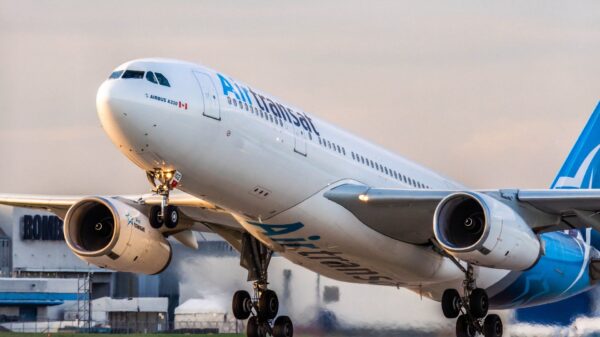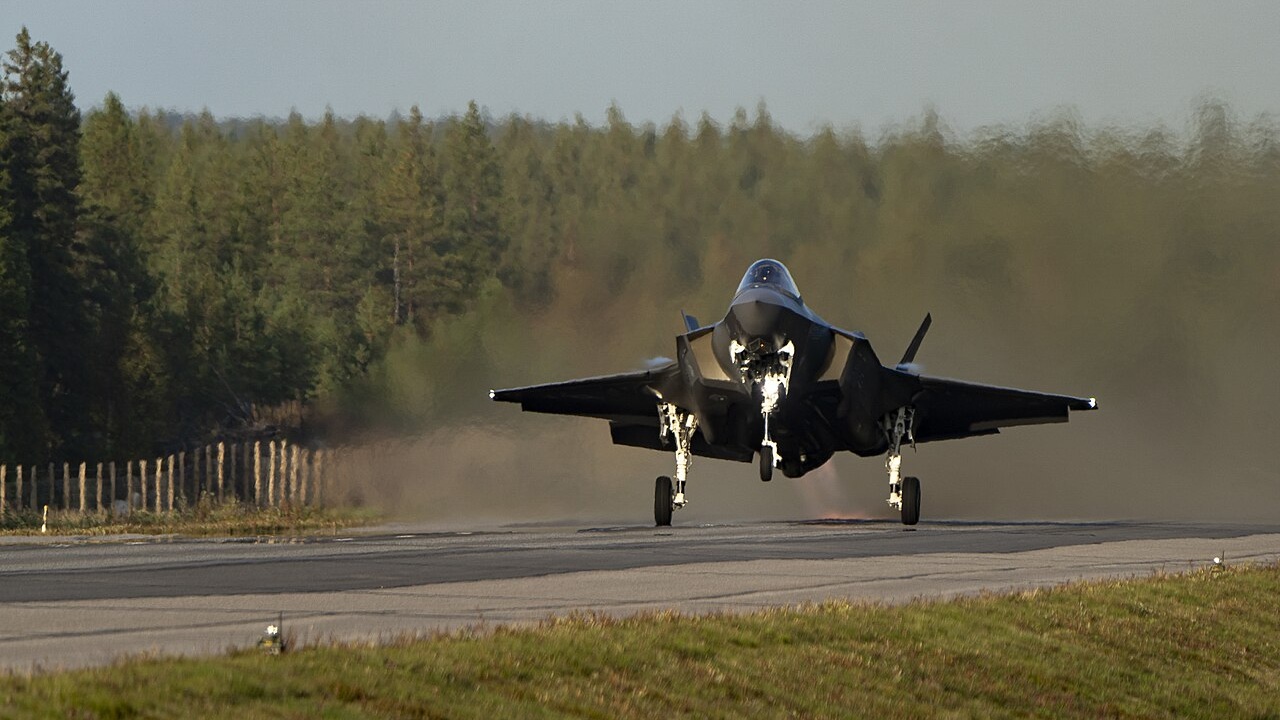The US Air Force has introduced a new operational strategy known as the Forward Arm and Refueling Point (FARP), aimed at enhancing the rapid rearmament and refueling of fighter jets during major conflicts. This initiative is particularly relevant in scenarios involving potential engagements with adversaries such as Russia or China, where sustained air operations would be essential for success.
In a future conflict, US and NATO aircraft would be able to link with ground FARP elements positioned on makeshift runways near the battlefield. This would facilitate quick rearming and refueling, ensuring that fighter jets can continue their operations with minimal downtime. Currently, mid-air rearming of aircraft is not feasible, making ground-based solutions critical for maintaining operational tempo.
Implementation of the FARP Strategy
To test the FARP concept, the US military has been conducting exercises in unconventional locations, including highways. One recent example is the Distributable Integrated Combat Turn (D-ICT) operations executed by the Air National Guard. This tactic aims to have fighter jets refueled and rearmed in under an hour. During these drills, two C-130 transport aircraft, equipped with fuel and munitions, successfully supported multiple F-35 Lightning II and F-15 Eagle fighter jets.
Lieutenant Colonel Doug Ferro, the commanding officer of the 103rd Aircraft Maintenance Squadron, emphasized the importance of D-ICT in enhancing the agility of combat operations. “This enables Combat Air Forces to deliver lethal airpower with unprecedented agility,” he stated. The ability to rearm several fighter jets simultaneously allows for greater operational flexibility.
Strategic Importance of FARP
The FARP framework is designed to maximize sortie rates and extend the operational capabilities of the Air Force in contested environments. Colonel Michael Blair, the commanding officer of the 158th Fighter Wing, noted that this approach is critical for projecting power swiftly in theaters where speed and adaptability are paramount. “We understand that in the vast, contested spaces, speed and flexibility are critical,” he said.
As military exercises continue to refine the FARP concept, the Air Force is also training other units in this new operational strategy. The 103rd Aircraft Maintenance Squadron has become a leader in FARP operations, providing educational courses to enhance the readiness of other forces.
The implementation of the FARP strategy is expected to significantly improve the US Air Force’s readiness to engage in near-peer conflicts. By ensuring that aircraft can return to action quickly, the FARP initiative could provide a tactical advantage in a high-stakes environment.
As the geopolitical landscape continues to evolve, the Air Force’s focus on rapid rearmament and refueling capabilities underscores its commitment to maintaining air superiority in any potential conflict. The FARP strategy is more than just a logistical adjustment; it represents a shift in how the US military approaches modern warfare, emphasizing speed, adaptability, and resilience.








































































